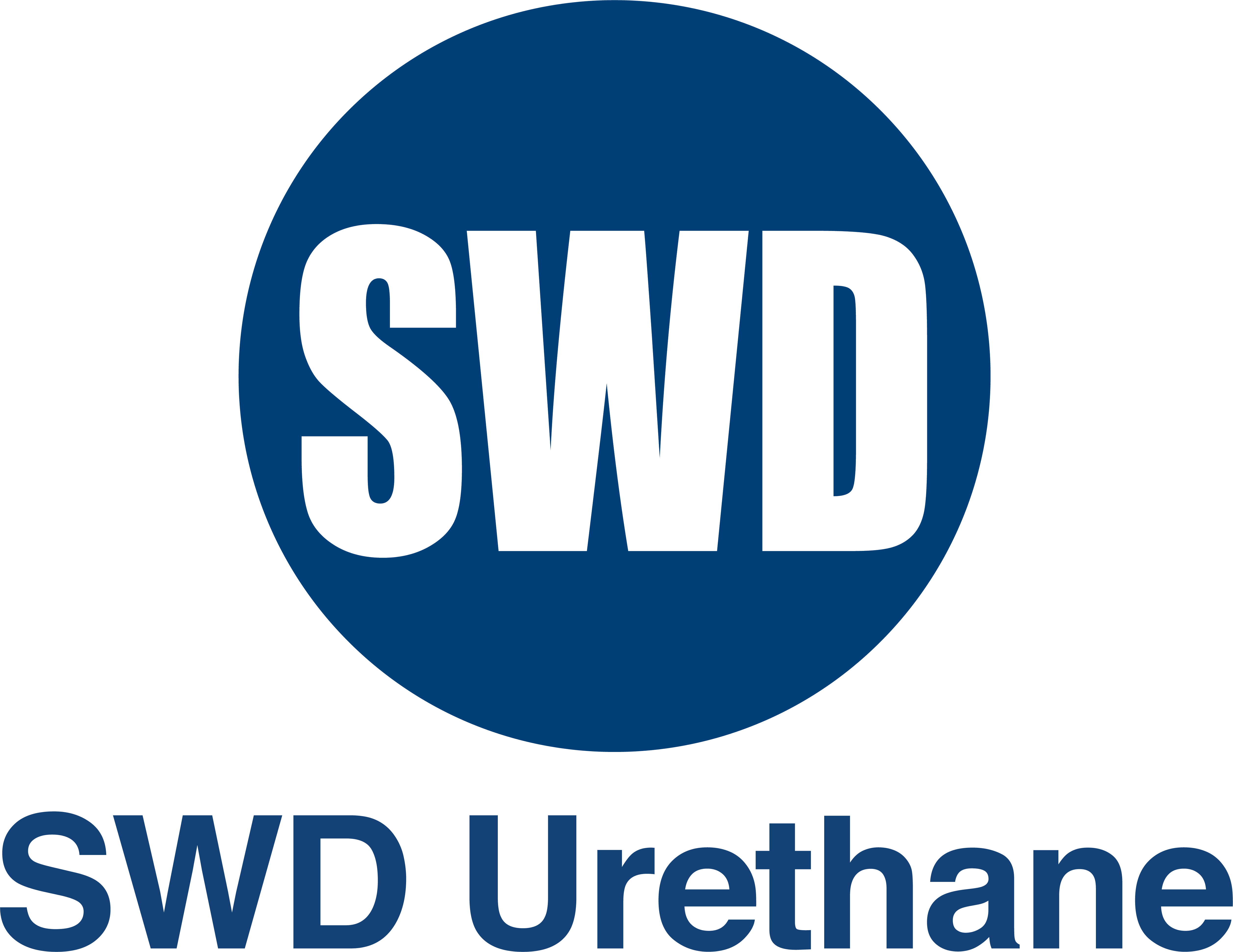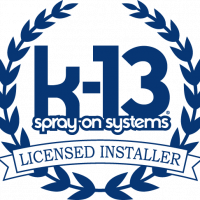Whether you’re building a brand-new home in Northern California or you need to install new insulation in your current home, you’ll need to decide what type of insulation material is best for your needs. While fiberglass has been the standard for decades, spray foam is gaining in popularity as a highly effective thermal barrier. Read on to gain a basic understanding of the differences of fiberglass insulation vs. foam insulation and discover which material you should use for your home.
What are the differences between the materials?
Fiberglass and spray foam insulation are very different materials. Fiberglass insulation is composed of delicate fibers of recycled materials, including melted glass. The fibers are held together with an adhesive backing, like aluminum foil or paper, that resists moisture and vapor. It comes in either batt form, which almost looks like a block of insulation, or loose fill.
Spray foam insulation, on the other hand, is a liquid chemical that comes out of a spray can. It expands immediately as it’s applied, forming an airtight seal over cracks and any other voids. It creates both a thermal and vapor barrier all at once.
Which option resists airflow the best?
An insulation’s airflow resistance is measured in terms of its R-value. The higher the R-value, the better the material is at keeping cold and hot air from seeping into your home. In general, spray foam has a higher R-value when compared to fiberglass insulation. Closed cell spray foam insulation is a particularly effective thermal barrier, with R-values reaching up to 7.0.
Fiberglass insulation can have a high R-value as well when installed by a professional technician. High-density fiberglass options have R-values as high as 4.3, which is generally enough to keep a home in Northern California comfortable during every season. You can also bolster your insulation by having the fiberglass batts stacked on top of each other, whereas you are limited in the number of spray foam layers you can apply in one area.
Which option resists moisture the best?
Moisture resistance is one area where fiberglass and spray foam perform equally well. Either option will give you a good moisture barrier, which is especially important in an area like an attic. Luckily, you won’t see mold or mildew growing on either type of insulation.
Which option is easiest to install?
The process of installation is one of the key differences between fiberglass insulation vs. foam insulation. If you have a wide-open attic with no obstructions, fiberglass batts are the easiest and the cheapest option. For attics with multiple obstructions, spray foam can be installed quickly, but it’s also more expensive.
Knowing the differences between fiberglass insulation vs. foam insulation can help you select the best option for your Northern California home. No matter which option you choose, professional installation by an experienced technician ensures that your property is completely sealed from the air outside. Contact Ace Insulation Inc. today to learn more about the differences between these materials and how we can help you keep your home comfortably insulated all year long.


